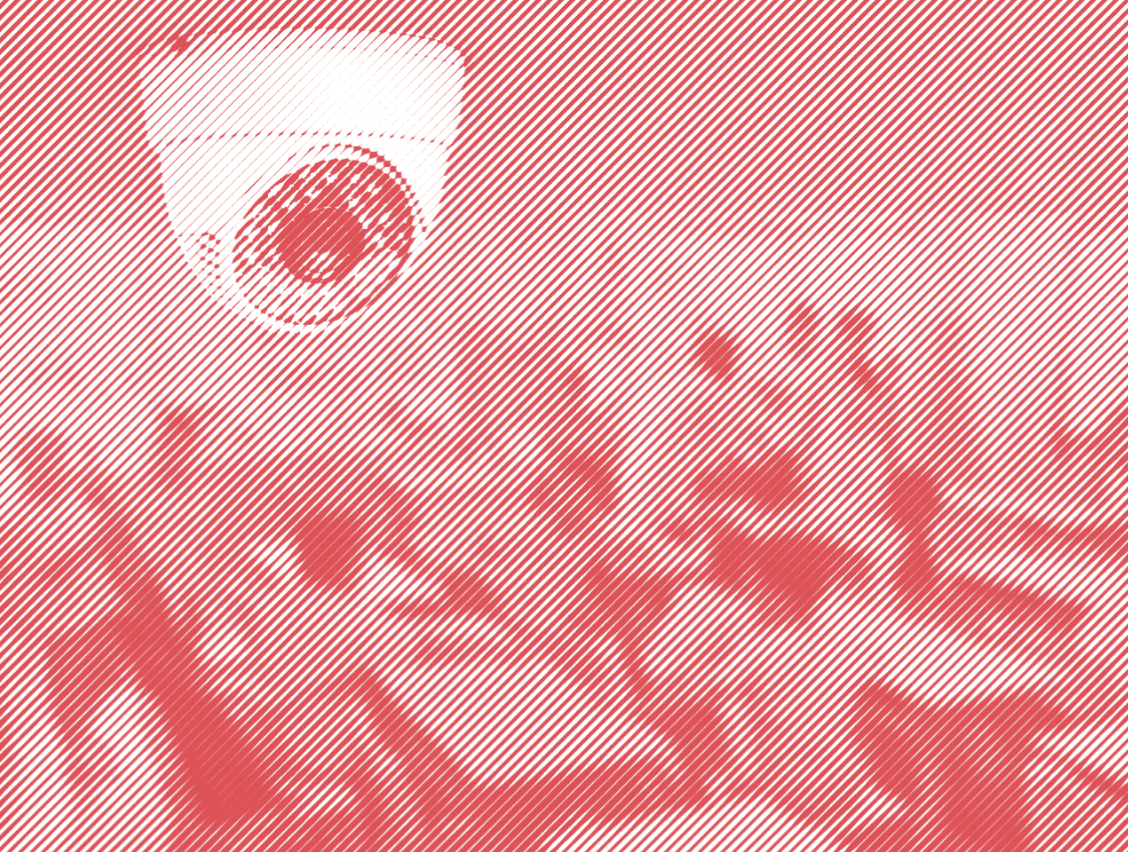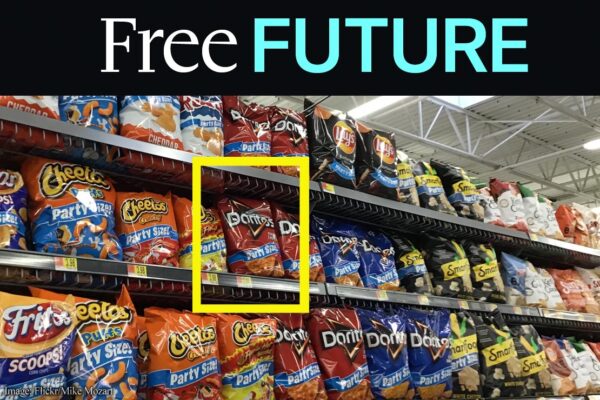Keeping Our Kids Safe from the EdTech Surveillance Industry


As a father of two K-12 students, I understand how deeply every parent and school official worries about keeping our kids safe. That critical task means not only keeping them safe from those who may want to harm them, but also providing all the support we can to students who may wish to harm themselves.
Regretfully, I have watched over the years as schools have increasingly turned to student surveillance technologies to keep our children safe. These decisions haunt me because, as an ACLU senior policy counsel focused on privacy, surveillance, and technology issues, I know full well that surveillance does not deter bad conduct, and it certainly does not protect our students. This living surveillance nightmare becomes all the more disturbing when I think about the many proven interventions that schools choose not to invest in, instead spending their limited resources on student surveillance products that do not work.
Why do schools continue to invest in unproven surveillance interventions? Because their decisions far too frequently rely on the marketing materials of those looking to get rich off the sale of student surveillance products: the EdTech Surveillance industry. This over-reliance is somewhat understandable, because school districts have limited expertise in surveillance and have little time to become experts. Moreover, when student surveillance sales pitches are being presented and acquisition decisions are being made, the EdTech Surveillance industry’s salespersons and marketing materials are often the only other voice in the room.
My hope is that will finally stop today.
My cautious optimism is driven by today’s release of the ACLU research report “Digital Dystopia: The Danger in Buying What the EdTech Surveillance Industry is Selling,” which endeavors to definitively pull back the curtain on the EdTech Surveillance industry’s deceptive marketing practices. The report discusses at length how, despite the EdTech Surveillance industry’s assertions to the contrary, there is no reliable and verifiable research demonstrating student surveillance products have a broad, positive impact on improving students’ safety and well-being.

Digital Dystopia: The Danger in Buying What the EdTech Surveillance Industry is Selling
Digital Dystopia: The Danger in Buying What the EdTech Surveillance Industry is Selling, an ACLU research report, examines the EdTech Surveillance...
Source: American Civil Liberties Union
After stoking the fears of educators, parents, students, and other school community members, the EdTech Surveillance industry suggests — while doing their best imitation of a nonprofit — that their only objective is to improve school safety and that their products offer real hope. They engage in this by presenting opinion statements about their products’ efficacy as if they provided reliable, documented proof, and by sprinkling in exaggerated, unverifiable, and flat-out misleading efficacy claims and figures.
Of course, the EdTech Surveillance industry also conveniently fails to discuss the multitude of harms their products cause to students, especially those who are already vulnerable. Fortunately, the ACLU does not share their reluctance towards telling the truth. Instead, our report discusses these harms at length, giving voice to them by quoting researchers, academics, and most importantly, students themselves. From the loss of privacy and trust, to depriving students of their ability to learn, communicate, and associate with one another; student surveillance products are a disaster for positive student development, as well as their civil rights and liberties.
Ultimately, our report offers numerous, concrete actions school districts, elected officials, and community members can take to ensure decisions about student surveillance products are consistent, well-informed, and based on reliable, unbiased information about their highly questionable benefits and significant harms. We believe better decision making will not only result in the more frequent rejection of student surveillance technologies, but also in the selection of interventions that are better suited towards helping and supporting our children.
Piercing the marketing deceptions of a $3.1 billion industry is no small task, and accordingly our report is no small paper. But for responsible school district officials and others who read it, the reward will be a much clearer understanding of the shortcomings and unavoidable harms of student surveillance technologies. That, coupled with our report’s resources, will empower schools to make much better decisions about such technologies, and to ultimately do a better job of keeping our K-12 students safe.



